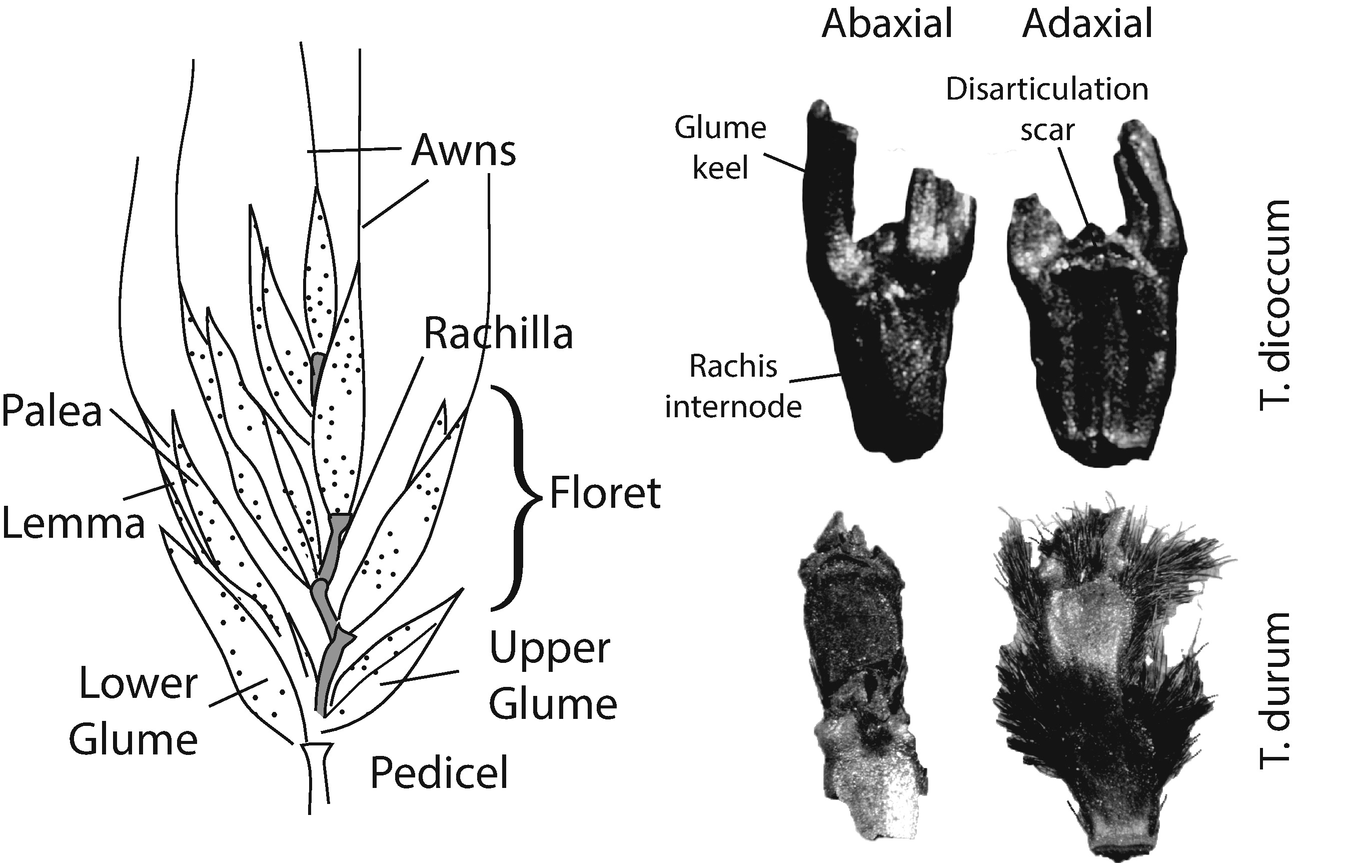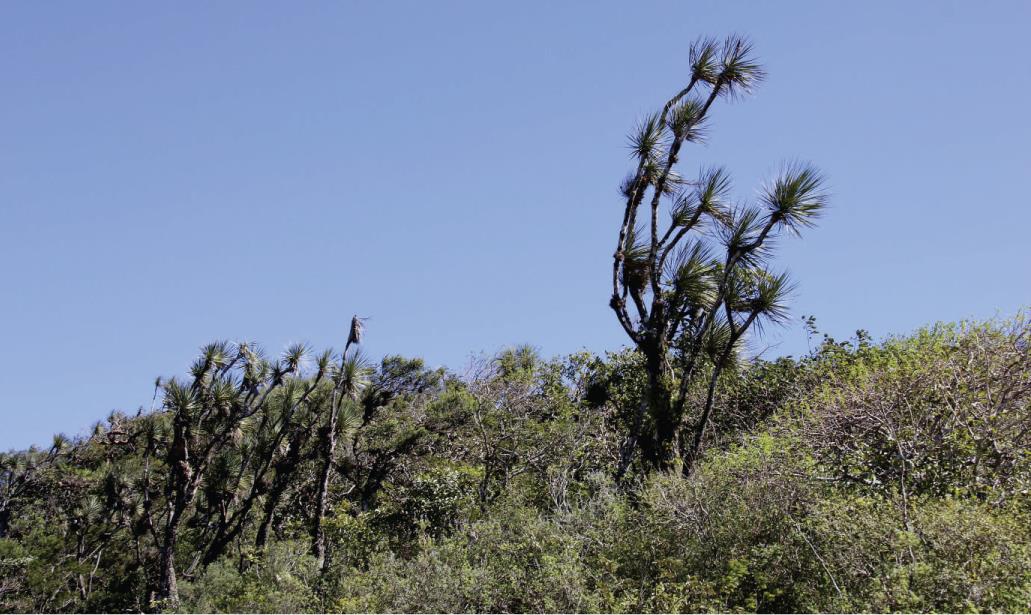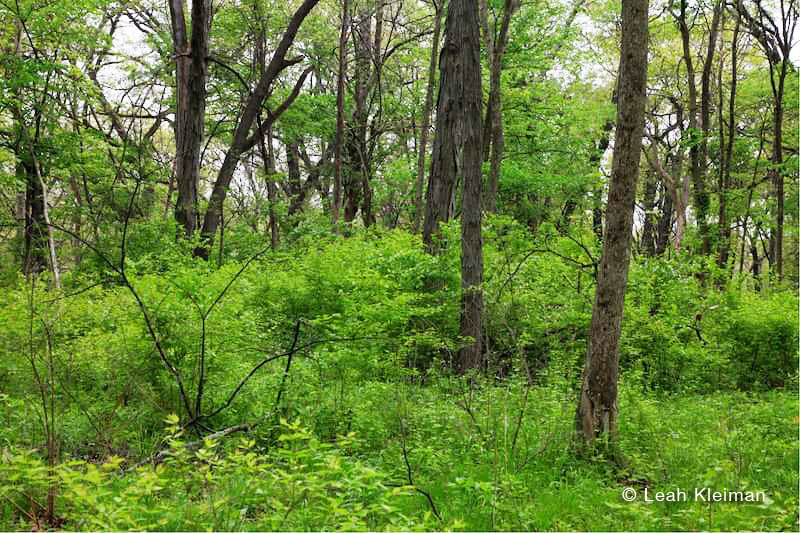The canopy consists of a dense mass of treetops vines and other plants occurring in a layer usually about 100 feet above the ground.
Efficient dormant plants on rainforest floor prepared.
Light in the rainforest.
But in much of the amazon rainforest dry spells bring on growth spurts.
The amazon rainforest is one of the most ecologically diverse places on earth.
The dormant season generally late fall to early spring is also a good time to prune because pruning cuts in the bark will heal more quickly than during the growing.
These exotic blue leaves pull more energy out of dim light than ordinary.
Plant life occurs in layers in a tropical rainforest.
There are around 80 000 species of amazon rainforest plants which grow as trees shrubs bushes and vines creating a wildlife filled environment.
As animals decompose along the forest floor nutrients seep into the soil and help feed plants that would otherwise be malnourished.
During the winter your dormant plants aren t actually dead they just suspend their growth and expansion thus appearing dead to those that don t understand the process.
Most plants do their growing during the rainy season and stall out when itâ s dry.
Home to more animal species than anywhere else it s the plants that provide food and homes for forest life.
Plant life occurs in layers in a tropical rainforest.
In the cooler months openings in the bark are less vulnerable to pest or disease damage.
Even as the plant s outermost leaves and ornamental foliage may die and need to be trimmed down sometimes down to barely anything the roots and core of the plant are.
It is actually rather the opposite.
The forest floor is covered in a layer of decomposition known as detritus.
This fertile ground cover is important for nourishing the plants that are capable of surviving in the dark under layer of a forest.
The forest floor of primary tropical rainforest is rarely the thick tangled jungle of movies and adventure stories.
The floor is relatively clear of vegetation due to the deep darkness created by perhaps 100 feet 30 m of canopy vegetation above.
The uppermost layer consists of very tall trees some more than 150 feet tall rising out of the dense canopy below.
Here inspiration comes from they way they are grown in a hostile climate in a gully sheltered by trees and coddled by irrigation.
And now scientists know why.
The uppermost layer consists of very tall trees some over 150 feet tall rising out of the dense canopy below.
Healthy plants are better prepared to withstand damage from harsh weather conditions.



























